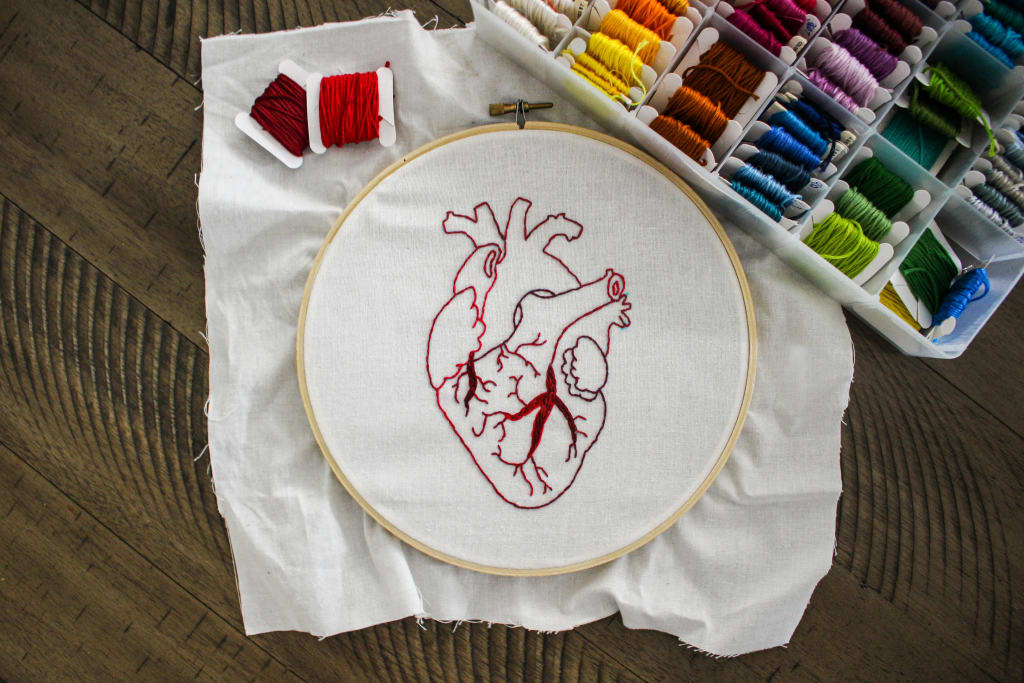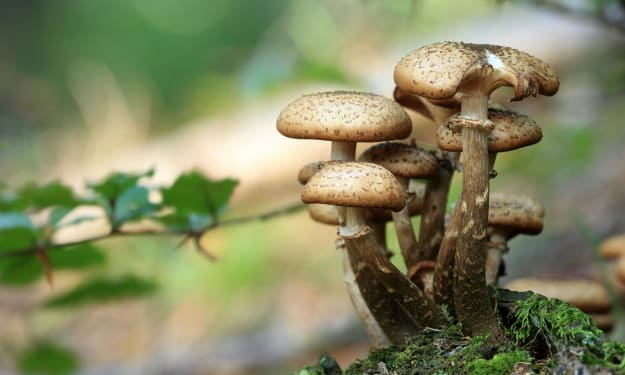
Our article is about the rich history and design of Indian textiles. India has been known for its textile production for over a thousand years, and the intricate designs and patterns have been admired around the world.
For centuries, Indian textiles have captivated people across the globe with their intricate designs, stunning patterns, and rich history. From the ancient Indus Valley Civilization to the present day, Indian textiles have evolved and flourished, becoming an art form that is treasured by many.
In this article, we will explore the history, techniques, and patterns of Indian textiles.

A Journey Through History
The history of Indian textiles is a journey that spans over a millennium, with each region of India developing its unique textile traditions. The earliest evidence of Indian textiles dates back to the ancient Indus Valley Civilization, where cotton fabrics were dyed using natural dyes, revolutionizing textile production. As time progressed, each region of India developed its unique textile traditions, with Gujarat crafting its tie-dye technique, Bandhani, and West Bengal becoming synonymous with silk production.
Indian textiles have a rich history that dates back to ancient times. The earliest evidence of Indian textiles comes from the Indus Valley Civilization, which flourished between 2600 BCE and 1900 BCE. The people of this civilization produced cotton fabrics and dyed them using natural dyes.
Over time, different regions of India developed their own unique textile traditions. For example, the state of Gujarat is known for its tie-dye technique called Bandhani, while the state of West Bengal is famous for its silk production.

The Magic of Techniques
The intricate designs and patterns that adorn Indian textiles are a testament to the various techniques utilized by skilled artisans. Techniques such as block printing, embroidery, and weaving are commonly used to create these stunning works of art.
Block printing involves intricately carving designs on wooden blocks, which are then used to print on fabric. Embroidery is the art of embellishing fabric with needle and thread, with various types of embroidery, including Zardozi, which employs gold and silver thread.
Weaving, the interlacing of two sets of threads to produce fabric, is used in different techniques, such as the tie-dye weaving technique, Ikat.
Block Printing: Block printing is a technique where a wooden block is carved with a design, and then used to stamp the design onto fabric.
Embroidery: Embroidery is the art of decorating fabric using a needle and thread. Different types of embroidery are used in Indian textiles, including Zardozi, which uses gold and silver thread.
Weaving: Weaving is the process of interlacing two sets of threads to create fabric. Indian textiles use different types of weaving techniques, including Ikat, which is a tie-dye weaving technique.
The Art of Patterns
Indian textiles are renowned for their intricate and awe-inspiring patterns that draw inspiration from nature, mythology, and religious symbols. The paisley pattern, which resembles a teardrop, originated in Persia and was introduced to India by the Mughals.
It has now become a popular pattern in Indian textiles. Floral patterns on Indian textiles are inspired by the vibrant and exotic flowers found in India, such as the lotus and the rose.
Intricate geometric patterns inspired by Islamic art and architecture are also common in Indian textiles.
A Celebration of Art
Indian textiles are not just fabrics; they are a celebration of art, culture, and tradition. They have inspired designers and artists across the globe, making them an enduring and treasured art form.
The beauty of Indian textiles lies not only in their designs but also in the skills of the artisans who create them. The art of Indian textiles is not just a job; it's a passion that has been passed down from generation to generation.
In conclusion, Indian textiles have a rich history, intricate techniques, and beautiful patterns that make them truly unique. From the tie-dye techniques of Gujarat to the silk production of West Bengal, each region of India has its own unique textile tradition. The intricate designs and patterns of Indian textiles have inspired artists and designers around the world, making them a timeless and cherished art form.
About the Creator
Loki
As a content writer, I have a passion for creating engaging, informative, and compelling written content for a variety of industries and audiences...






Comments
There are no comments for this story
Be the first to respond and start the conversation.